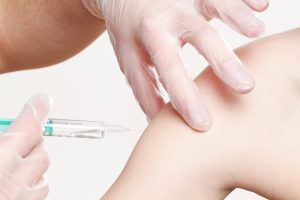Botox injections are a popular, non-invasive aesthetic procedure that temporarily paralyzes muscles to reduce fine lines and wrinkles, particularly around the eyes and forehead. Safe when administered by qualified professionals, these injections can maintain youthful-looking skin with minimal downtime. Beyond cosmetics, Botox treats medical conditions like migraines and eye spasms. Key steps include consultation, sterile technique, targeted muscle injection, and post-procedure care. Choosing a licensed, specialized practitioner is crucial for safety and personalized results. Proper maintenance involves sun protection, hydration, and prompt addressing of concerns.
“Unveil your youthful glow with professional facial injections, a leading aesthetic treatment in today’s skincare landscape. This comprehensive guide explores the transformative power of Botox injections, from their scientific origins to their diverse applications. Learn about the step-by-step procedures, expected outcomes, and numerous benefits for skin rejuvenation. Discover common treatment areas, safety considerations, and expert selection tips. Embrace confidence with informed choices, as we delve into the world of Botox injections, ensuring a safe and effective experience.”
Understanding Botox Injections: A Comprehensive Overview
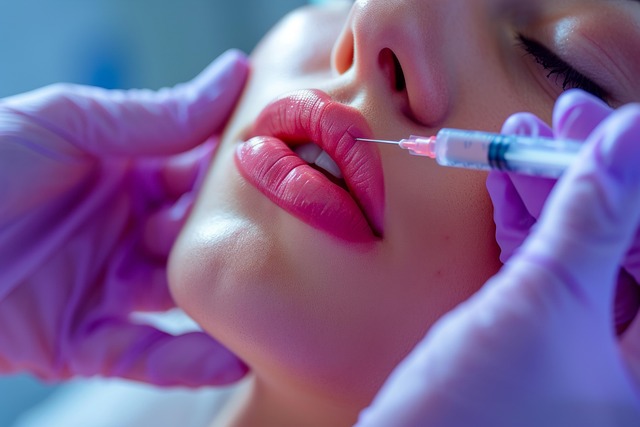
Botox injections have become a popular aesthetic choice for individuals seeking to reduce fine lines and wrinkles, especially around the eyes and forehead. This non-invasive procedure involves injecting a small amount of botulinum toxin into specific muscle groups. The toxin temporarily paralyses the muscles, preventing them from contracting and causing the overlying skin to relax, thus reducing the appearance of creases and furrows.
Understanding how Botox injections work is essential for anyone considering this treatment. It’s crucial to know that it’s not just about smoothing out the skin’s surface but also about relaxing dynamic muscle movement, which can accelerate ageing-related changes. The procedure is generally safe when administered by a qualified professional, with minimal downtime and side effects. Many individuals opt for regular treatments to maintain their desired results and achieve a more youthful appearance.
The Science Behind Botox: How It Works and Its Medical Applications
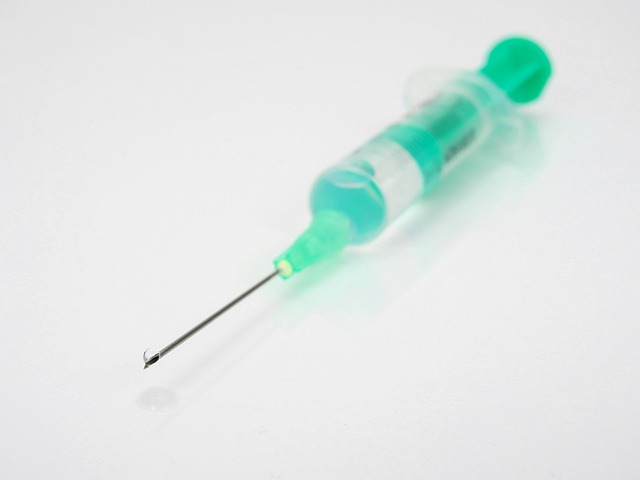
Botox injections have revolutionized the aesthetic field and become a popular choice for those seeking to enhance their appearance and reduce signs of aging. The science behind Botox involves a potent neurotoxin that temporarily paralyzes specific muscles, leading to a smoother and more youthful complexion. When injected into targeted areas, Botox prevents the muscle contractions that cause lines and wrinkles, providing a non-surgical alternative to traditional face lifts.
Its medical applications extend beyond aesthetics. Botox is also used in various therapeutic settings. For instance, it can help treat chronic migraines by reducing muscle tension in the head and neck region. Additionally, Botox injections are employed to manage eye conditions like blepharospasms, where abnormal muscle contractions cause involuntary blinking. The versatility of Botox injections makes it a go-to option for both cosmetic enhancement and medical treatment, solidifying its place in contemporary skincare practices.
Facial Injection Procedures: What to Expect During a Session
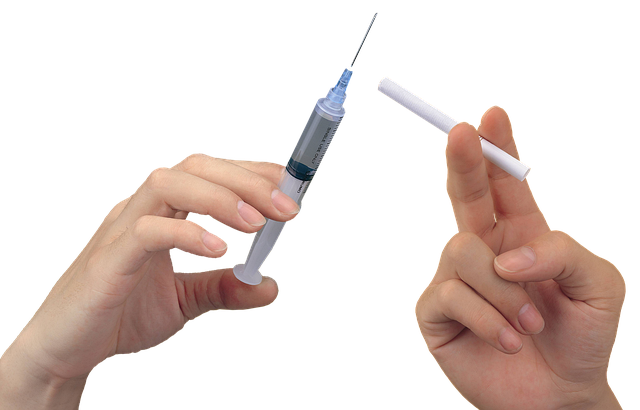
During a facial injection procedure, typically focused on Botox injections, you can expect a series of precise, calculated movements from the professional administering the treatment. The process usually begins with a consultation where your medical history is reviewed, and areas of concern are identified. This is followed by a thorough cleaning of the skin to ensure sterility and minimize risks.
The practitioner will then use fine needles to inject the Botox solution into specific muscle groups, focusing on areas like the forehead, eyes, and mouth. The actual injections are quick and generally painless, often likened to a slight pinch. Post-procedure, mild redness or swelling may occur but typically subsides within a few hours. It’s important to follow aftercare instructions provided by your specialist to ensure optimal results and minimize any potential side effects.
Benefits of Professional Facial Injections for Skin Rejuvenation

Professional facial injections, particularly Botox injections, offer a multitude of benefits for skin rejuvenation. By smoothing fine lines and wrinkles, these treatments can provide a more youthful appearance and enhance overall facial aesthetics. Beyond aesthetic advantages, Botox injections also stimulate collagen production, which is crucial for maintaining healthy and elastic skin.
Additionally, professional administrations ensure precise placement of the injections, minimizing risks of adverse effects. This targeted approach allows for natural-looking results that complement individual features rather than alter them drastically. Moreover, with expert hands guiding the process, patients can expect a safer and more comfortable experience, contributing to their overall satisfaction with skin rejuvenation procedures.
Common Areas Treated with Botox Injections
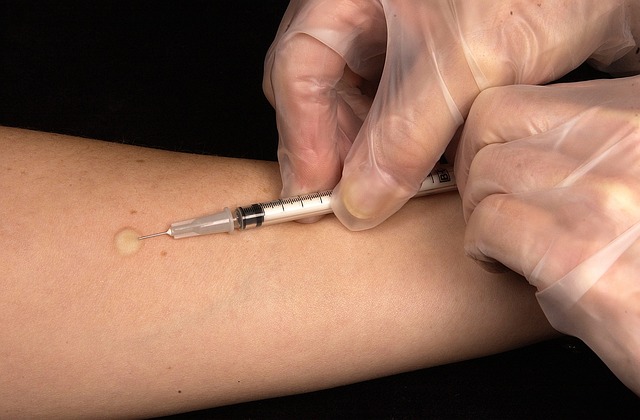
When it comes to botox injections, several common areas are targeted to achieve desired aesthetic results. One of the most popular areas is the forehead. Botox can smooth out frown lines and forehead wrinkles, reducing the appearance of aging. Another frequent target is the area around the eyes, often known as crow’s feet. By relaxing the muscles responsible for these fine lines, botox injections can give the eyes a more youthful and vibrant look.
Additionally, the neck is a common area for botox treatment to minimize vertical neck bands and smooth out wrinkles. It can also be used to improve the appearance of jowls by relaxing certain facial muscles. Cheeks and even the upper back are less conventional but still valid sites for botox injections, depending on the individual’s specific concerns and goals.
Safety and Side Effects: Addressing Concerns for Safe Injections
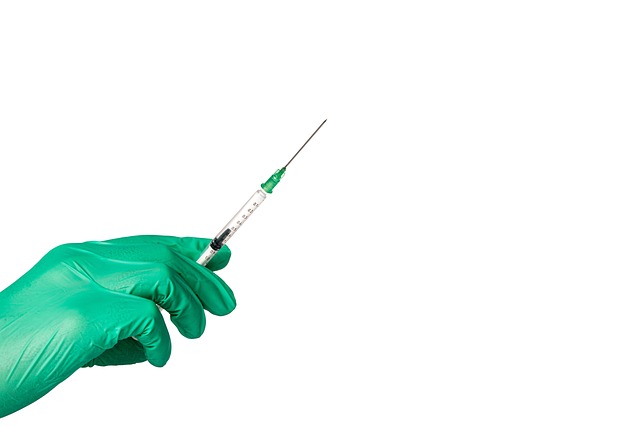
Professional facial injections, such as Botox, have gained popularity for their ability to enhance natural features and reduce the appearance of fine lines and wrinkles. However, safety and side effects are valid concerns for anyone considering this procedure. It’s crucial to understand that when performed by qualified professionals using sterile techniques, these injections are generally safe. Reputable practitioners adhere to strict hygiene protocols and use pre-tested, FDA-approved products to minimise risks.
Common side effects, though usually temporary, may include mild swelling, bruising, or discomfort at the injection site. More severe reactions, though rare, can occur. It’s essential to discuss these possibilities openly with your injector before the procedure. They can provide guidance on managing any adverse effects and help you make an informed decision tailored to your needs and medical history.
Choosing the Right Practitioner for Your Facial Injection Needs

Choosing the right practitioner is paramount when considering facial injections, especially for procedures like Botox injections. It’s crucial to research and select a licensed and experienced professional who specialises in aesthetic treatments. Look for certifications from reputable organisations and check their track record for successful procedures with minimal side effects.
Reputation matters; ask for recommendations from trusted sources, review patient testimonials, and inspect before-and-after photos. A skilled practitioner should take the time to understand your goals, assess your skin, and tailor a treatment plan that addresses specific concerns. This personalised approach ensures you achieve natural-looking results while minimising risks associated with facial injections.
Maintenance and Follow-up Care After Botox Treatment

After receiving Botox injections, proper maintenance and follow-up care are essential for optimal results. It’s crucial to understand that while Botox offers significant benefits in reducing wrinkles and enhancing facial aesthetics, it is not permanent. The effects typically last between 3 to 6 months, after which a touch-up treatment may be necessary. To maximize the longevity of your results, avoid strenuous activities and heavy exercise immediately post-treatment, as this can cause temporary bruising or discomfort.
During the recovery period, keep the treated area clean and moisturized. Avoid direct sun exposure without proper protection, as this can increase sensitivity. A balanced diet rich in antioxidants and staying hydrated are recommended to support skin health. Remember to communicate any concerns or unusual reactions with your healthcare provider promptly, as they can offer tailored advice for your specific needs, ensuring a smooth recovery process.
